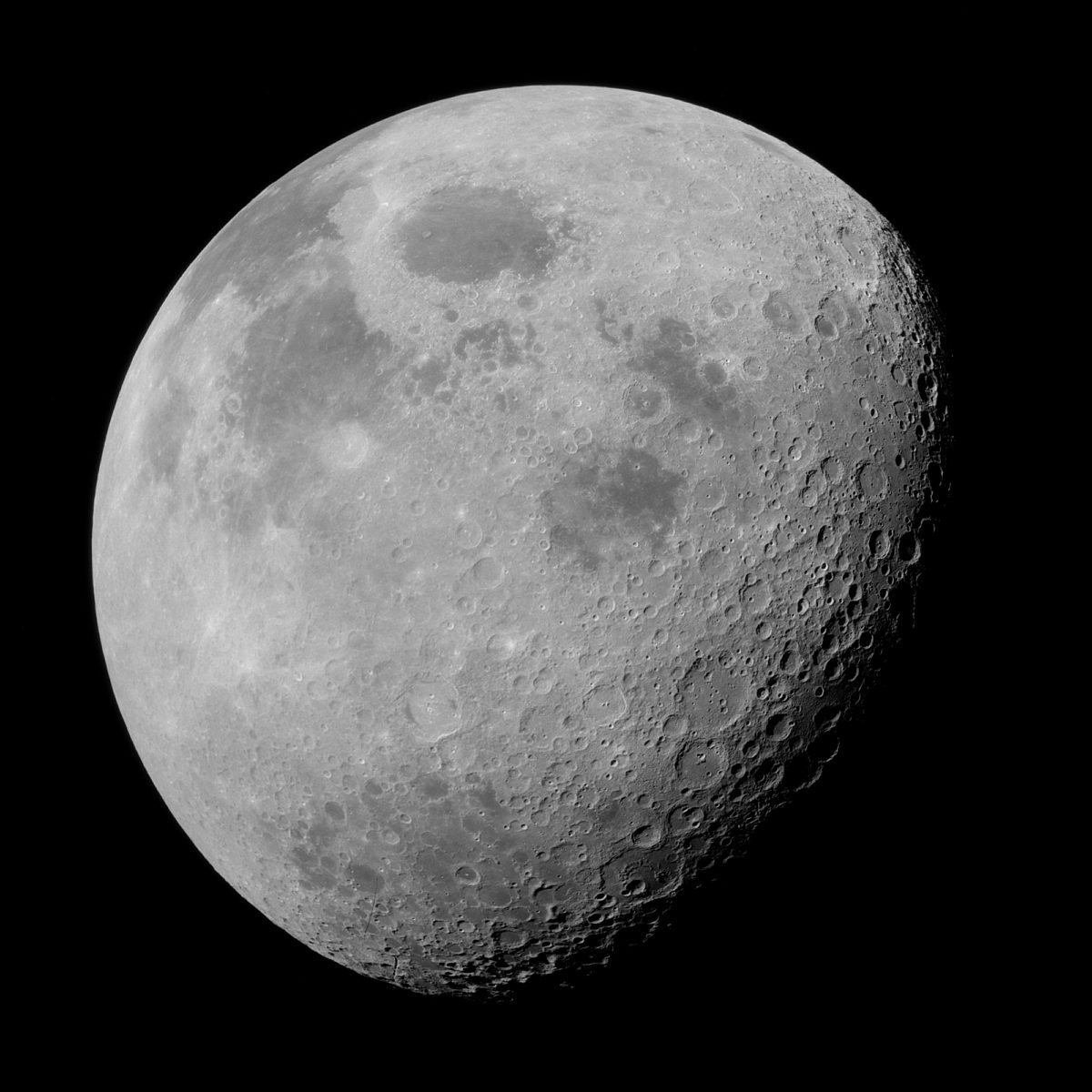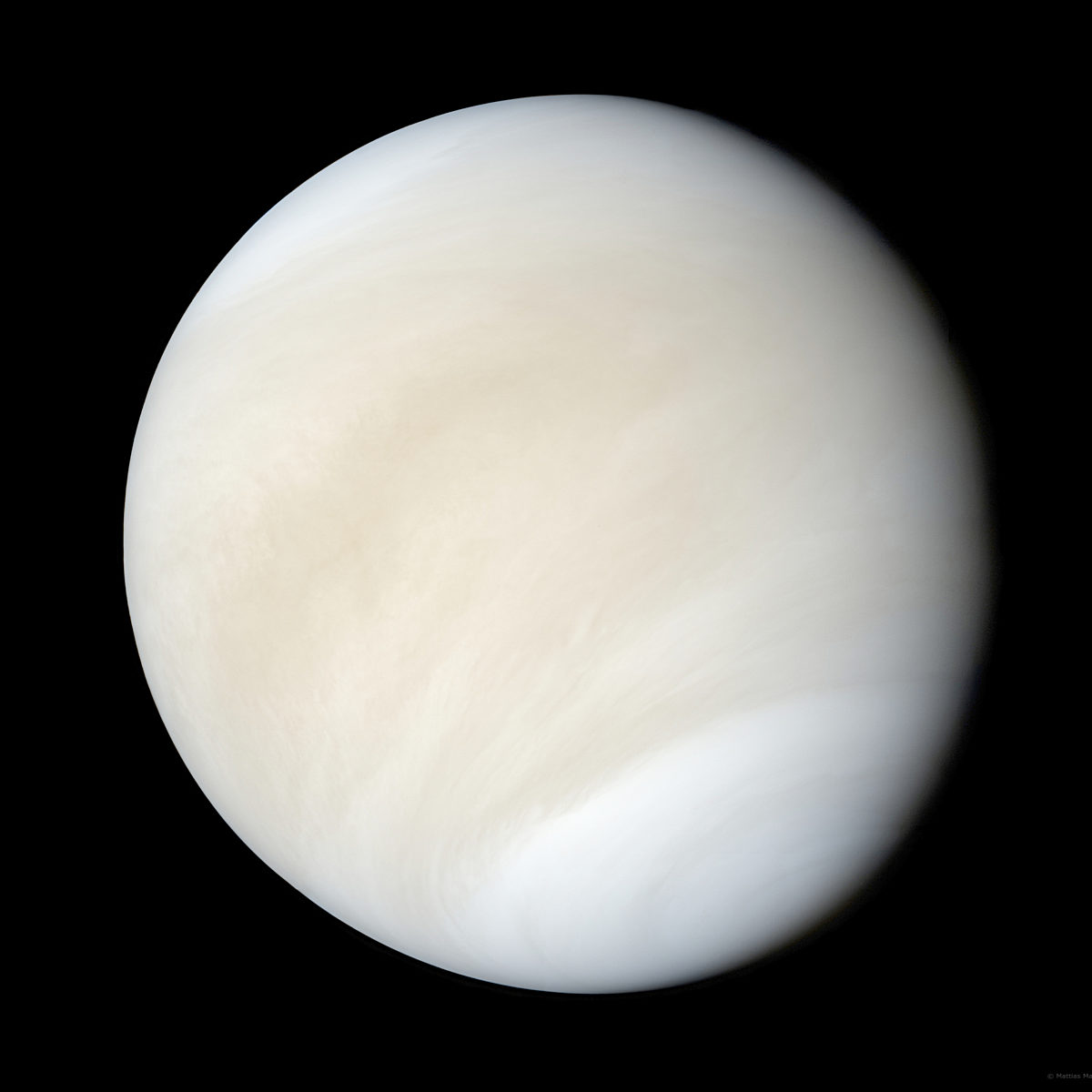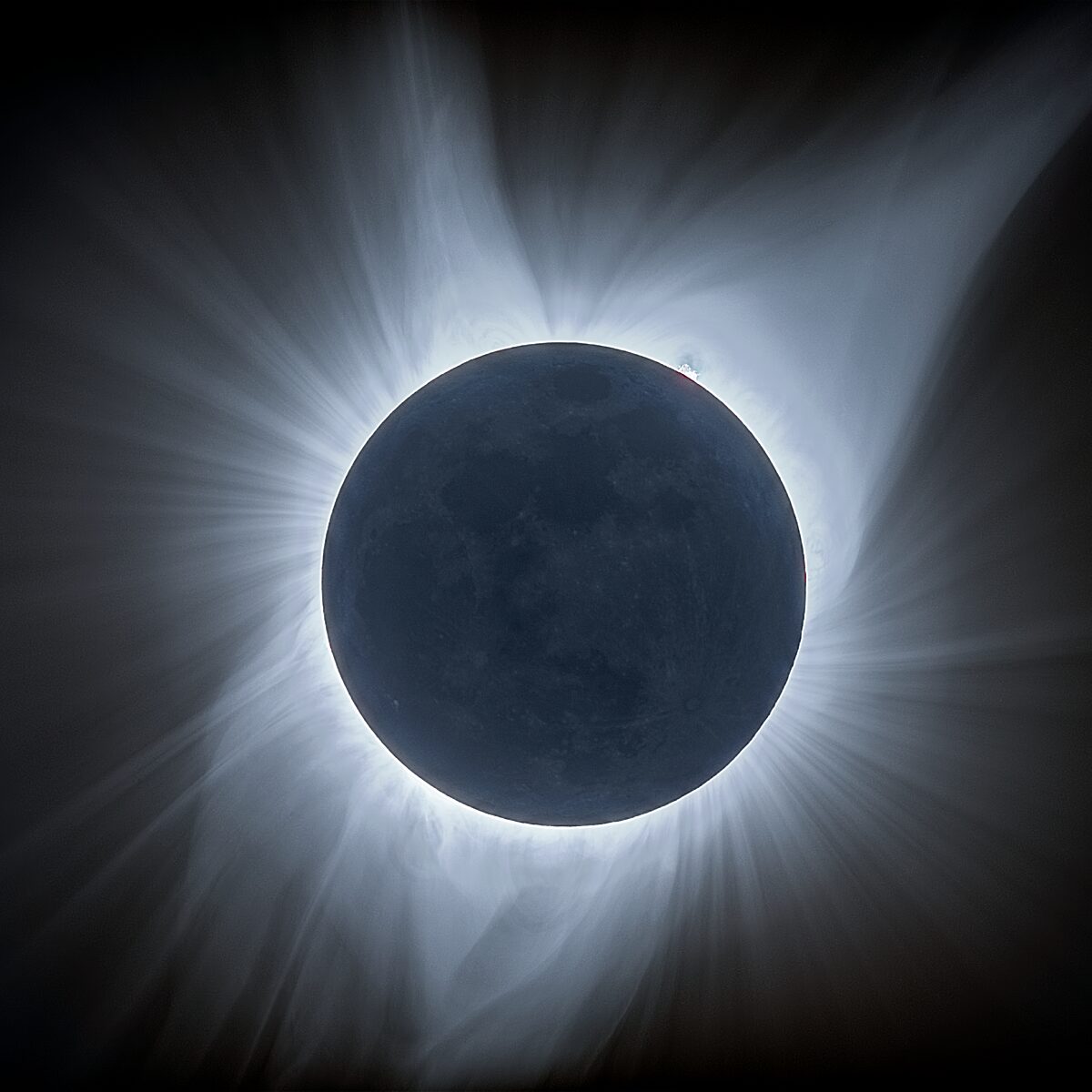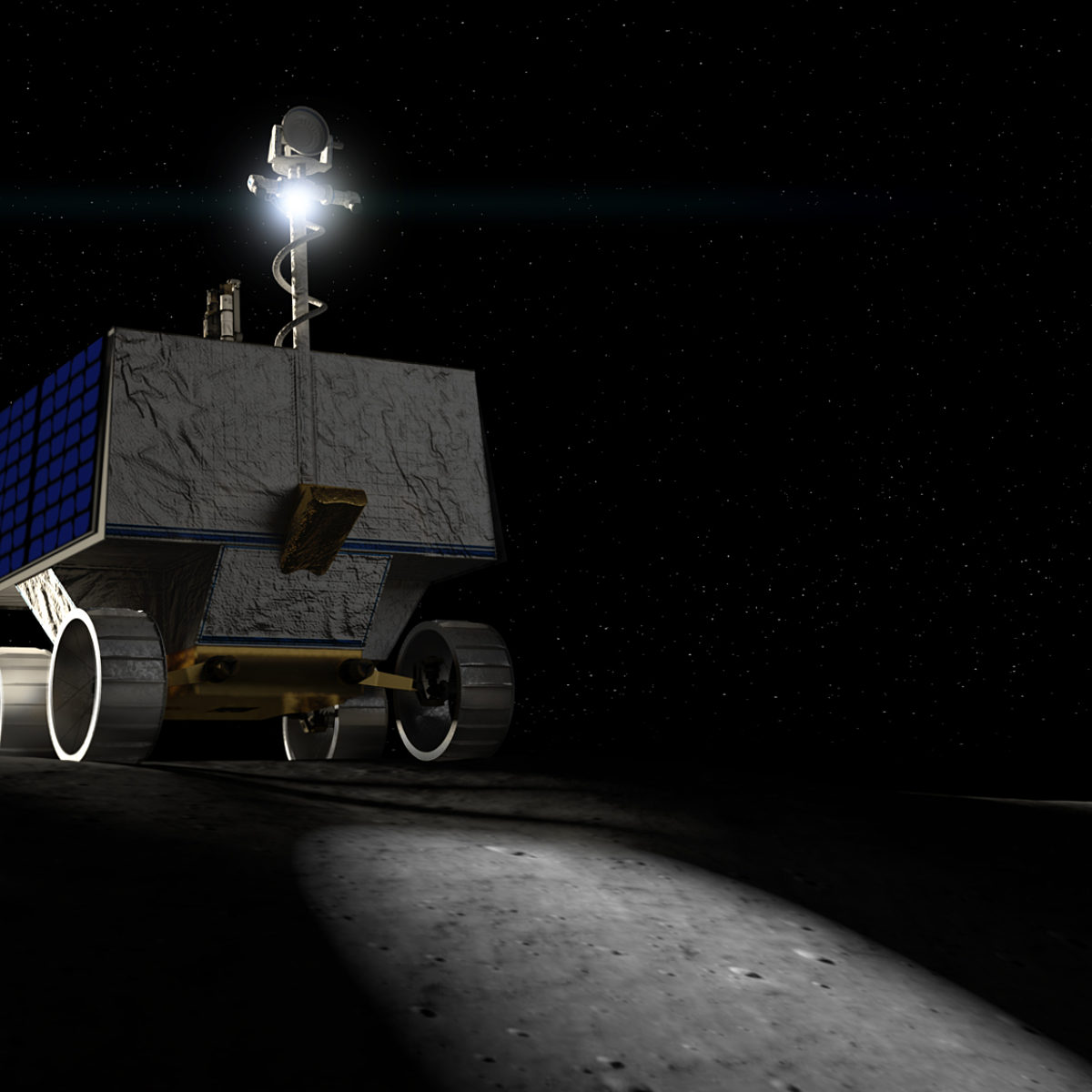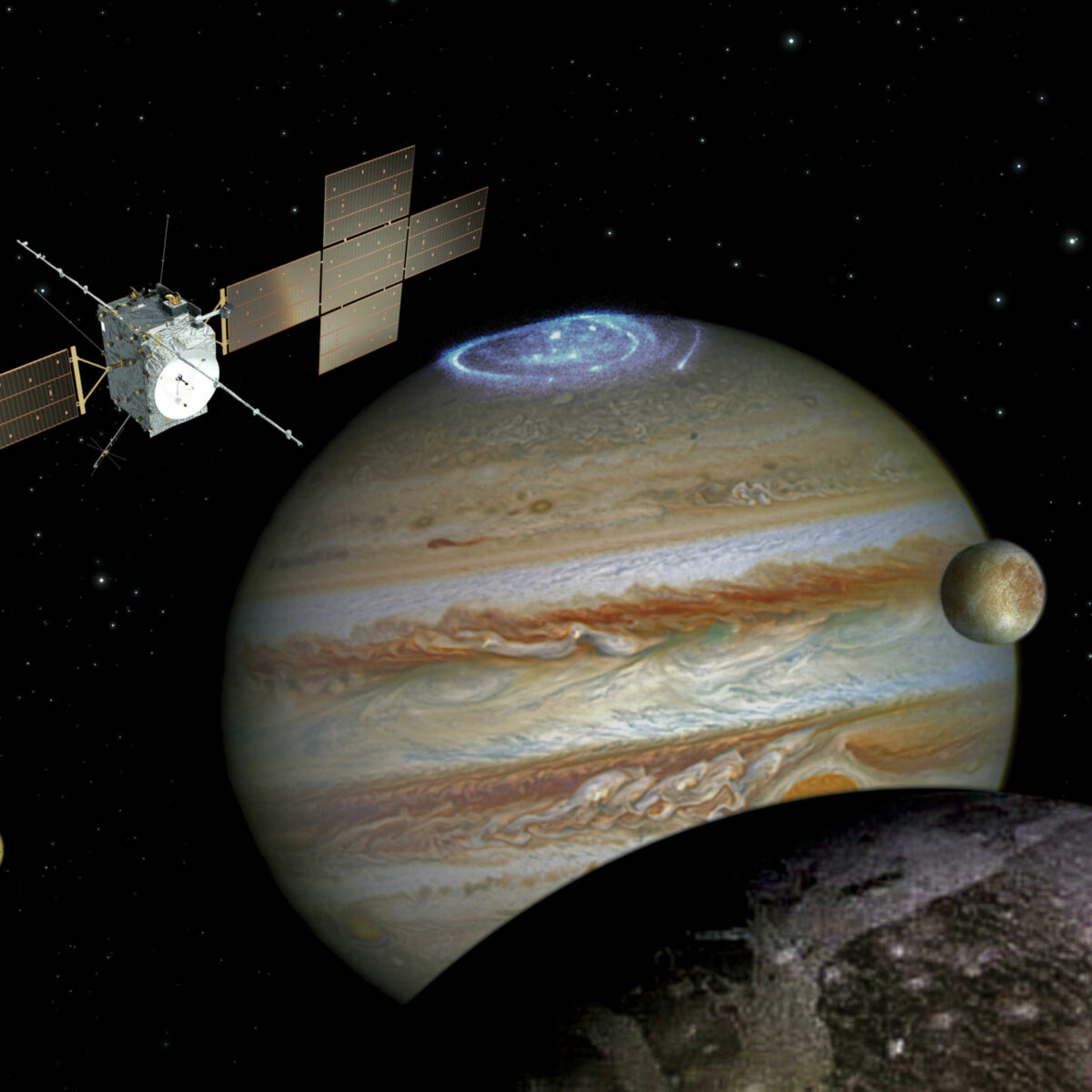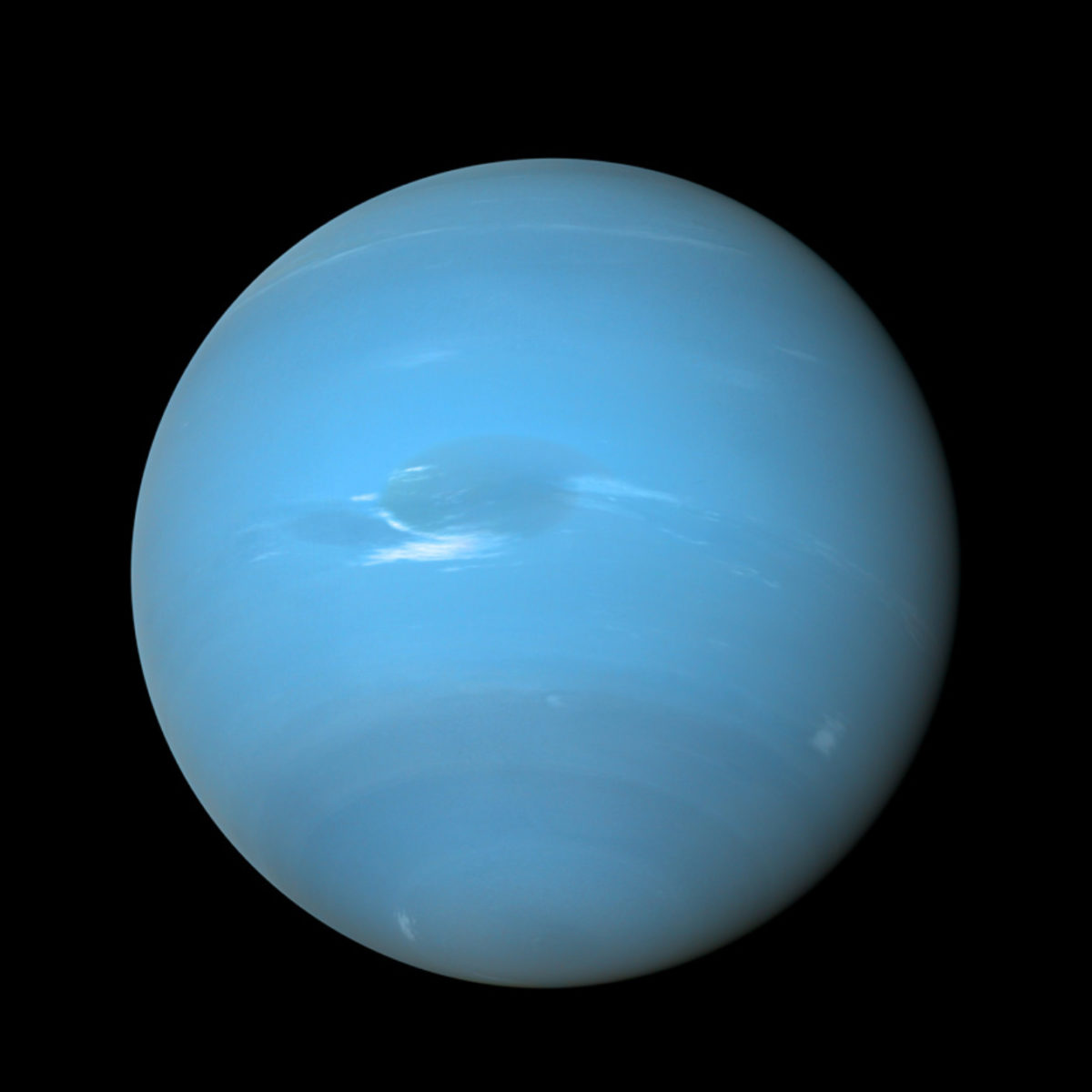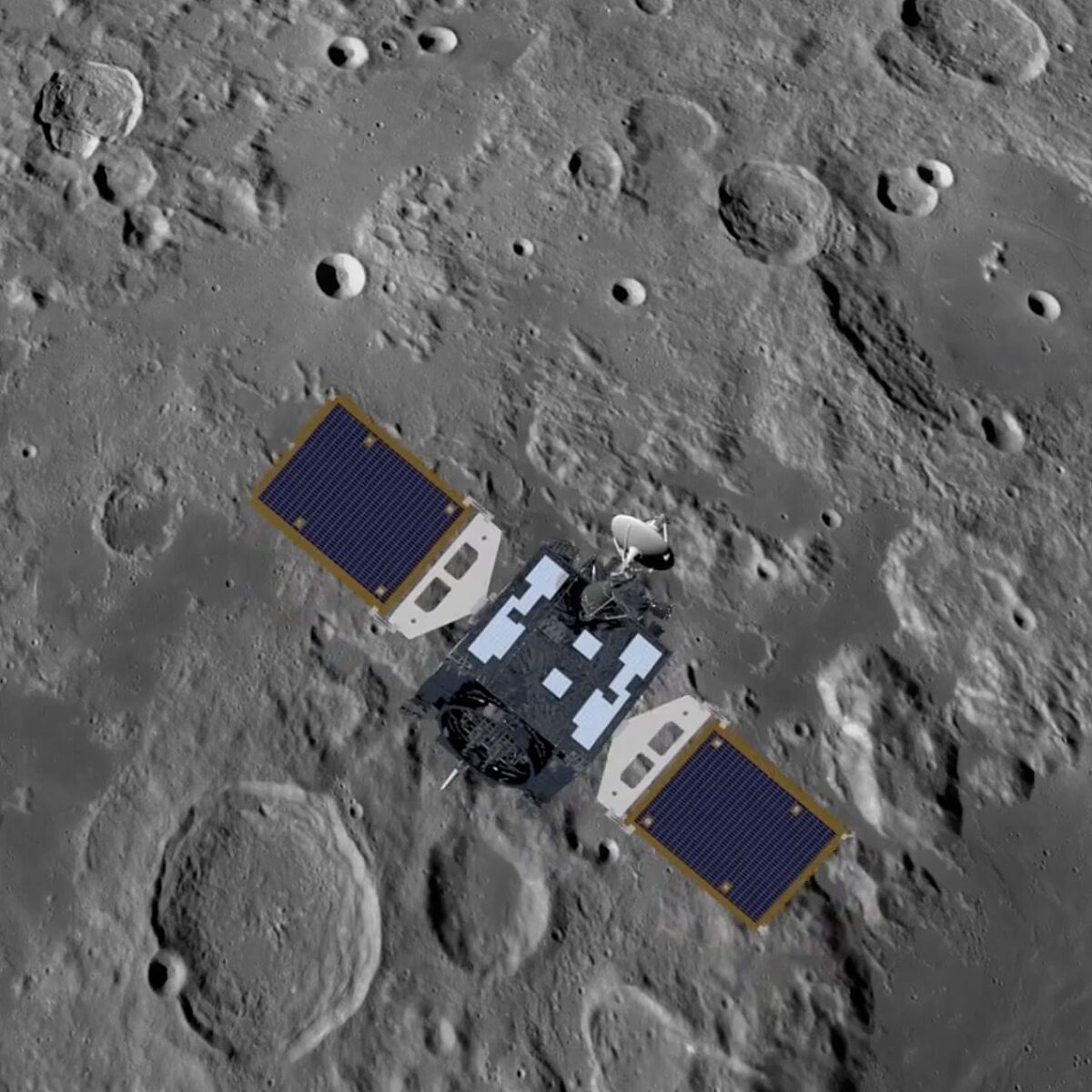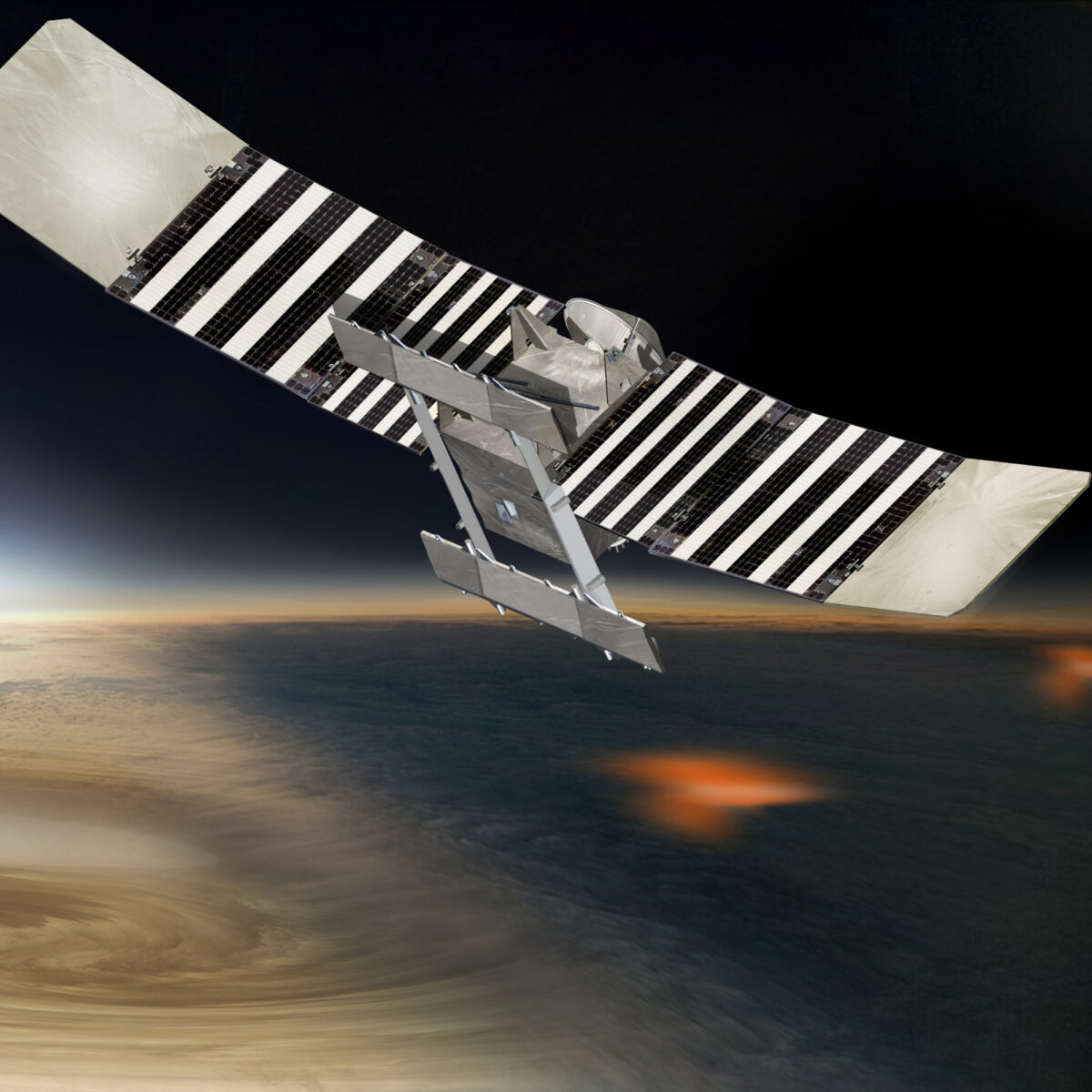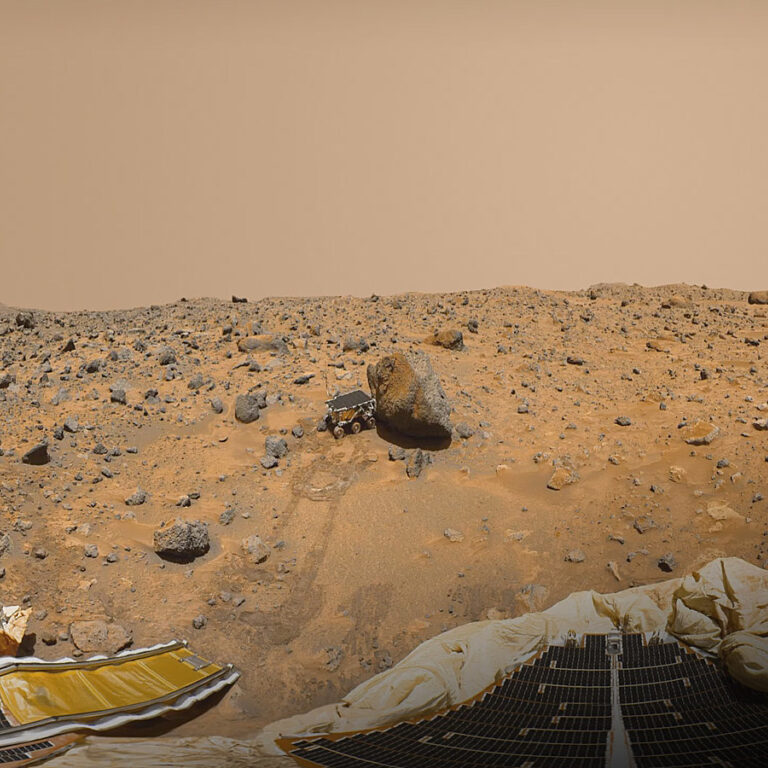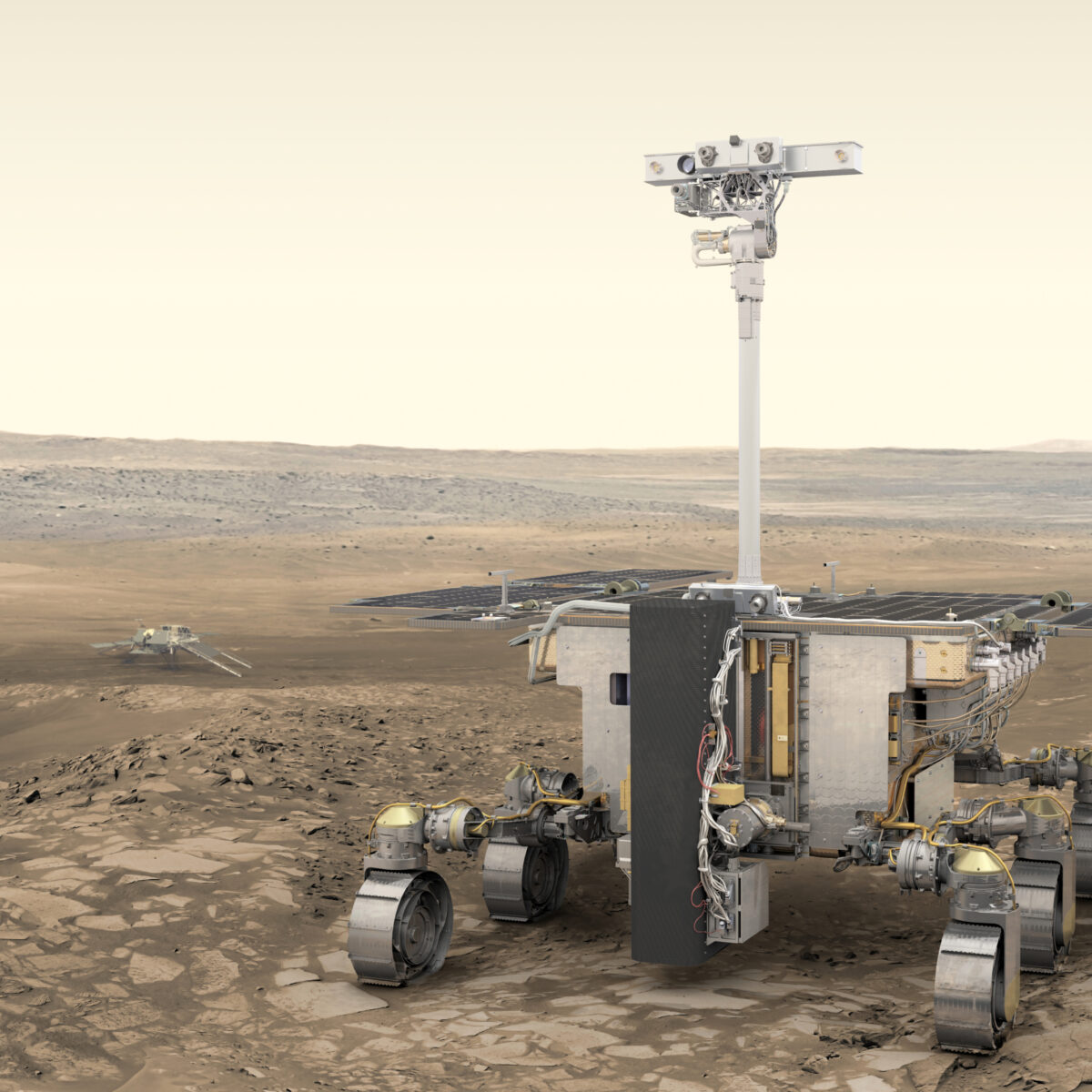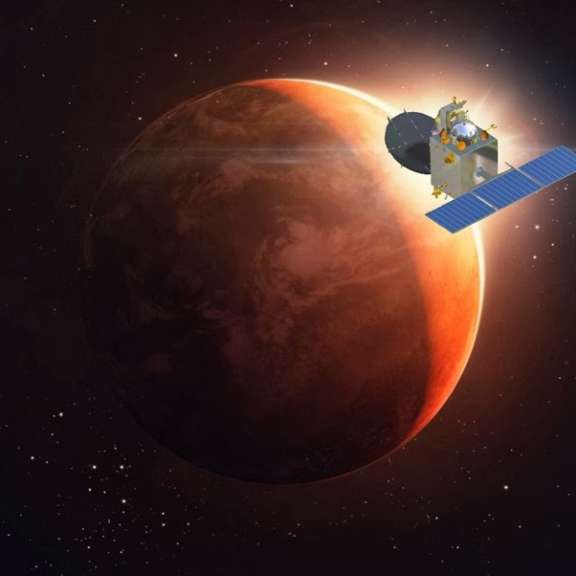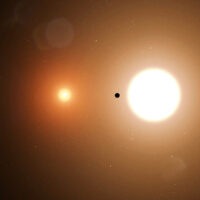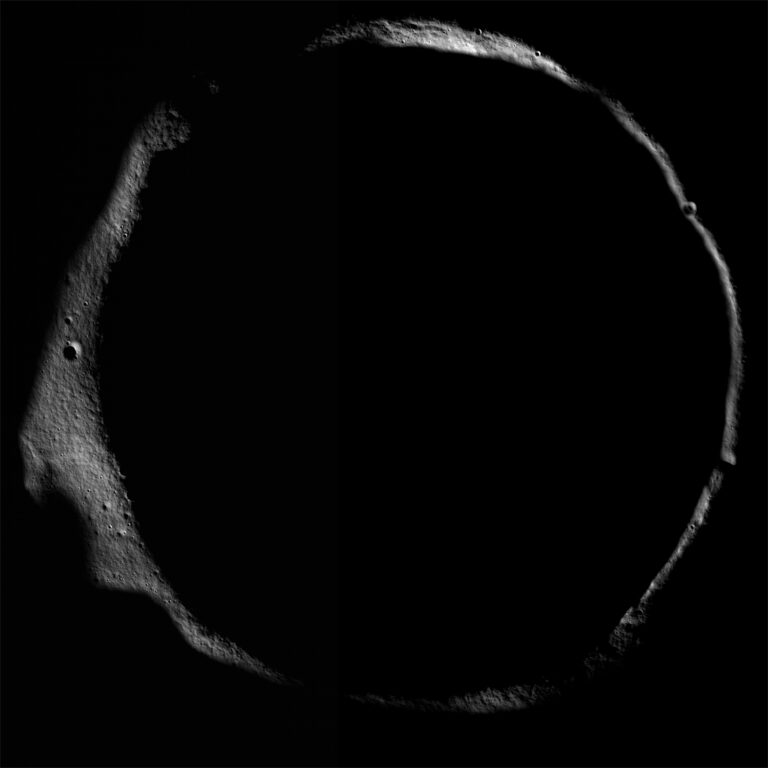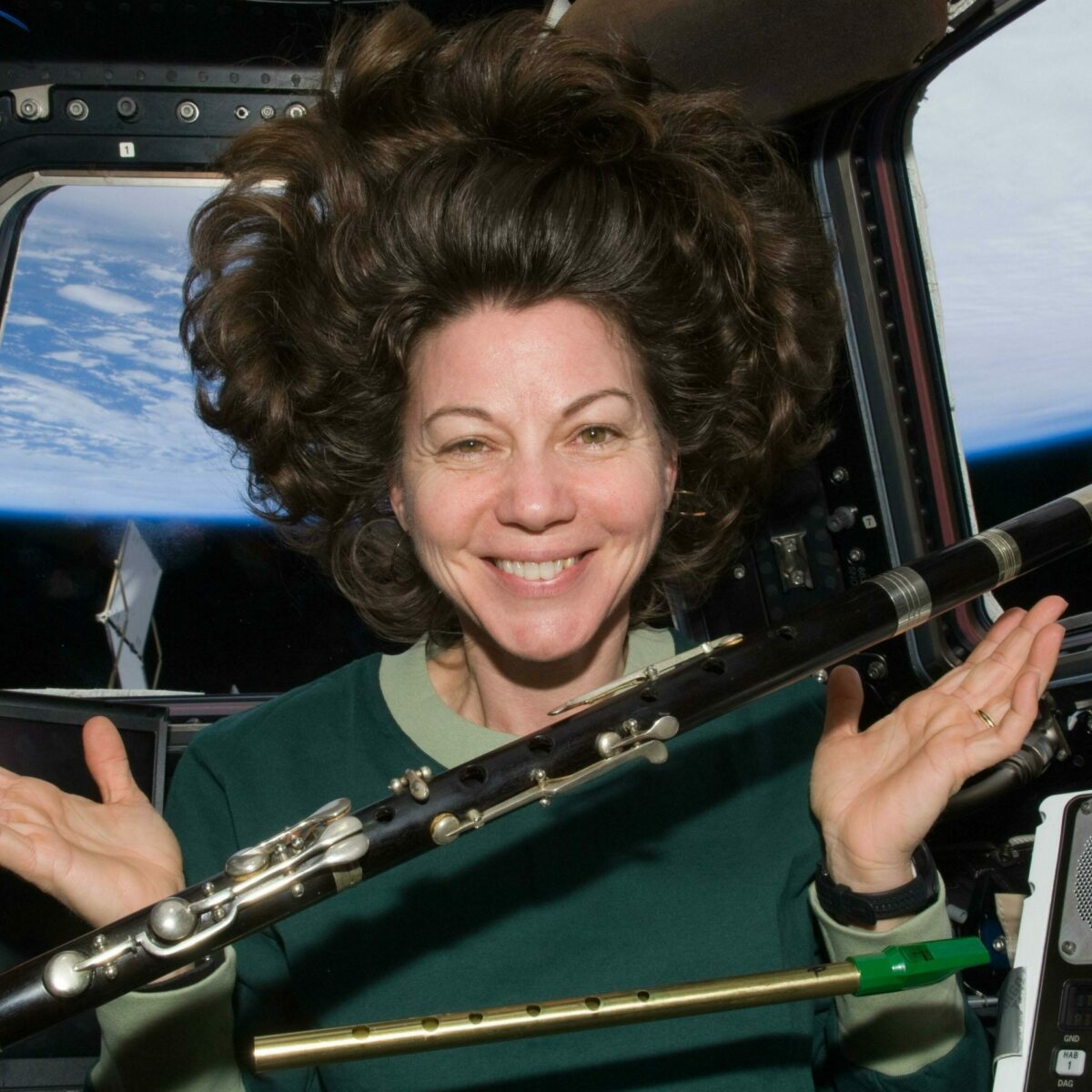
Jatan Mehta
Contributing Editor, The Planetary Society
Jatan Mehta is a science writer passionate about exploration of space and humanity’s future in it, and the unique role of our Moon in both. His space blog and lunar exploration newsletter can be found at blog.jatan.space.
Resource Pages Authored by Jatan
The Moon, gateway for science and exploration
The Moon is the only world besides Earth ever walked on by humans. By studying it, scientists can learn about Earth’s past and better understand worlds throughout the galaxy.
Venus, Earth's twin sister
Venus hosts brutal conditions today, but the planet may have once been more hospitable to life.
The Sun, our Solar System’s star
We study the Sun to learn about how stars work, and to help protect our civilization from solar storms.
VIPER, NASA’s Moon resource mapper
Before it was cancelled, NASA planned to launch the Volatiles Investigating Polar Exploration Rover, or VIPER, to map water on the Moon’s south pole.
CLPS: NASA's commercial Moon landing missions
NASA is funding a fleet of commercial robotic Moon missions as part of the agency's Artemis program.
EnVision, Europe’s mission to Venus
The European Space Agency (ESA) is launching the EnVision spacecraft to study Venus and its past.
Juice, exploring Jupiter’s icy moons
The Juice spacecraft will study Jupiter and its three largest icy moons: Europa, Ganymede, and Callisto.
Neptune, planet of wind and ice
Neptune, our outermost planet, is a windy blue world with exotic ice, raging storms, rings, and a moon that could have a subsurface ocean.
Danuri, South Korea’s first Moon mission
The lunar orbiter launched South Korea’s deep space ambitions.
Psyche, exploring a metal world
The Psyche spacecraft is on its way to be the first ever to visit a metal-rich asteroid.
MMX, Japan’s Martian Moons eXploration mission
MMX launches in 2026 to study Mars' moons and return samples from Phobos to Earth in 2031.
VERITAS, NASA’s Venus mapper
NASA will launch the VERITAS spacecraft no earlier than 2031 to study Venus and its past.
Saturn, planet of rings, moons and more to explore
Saturn is the crown jewel of our solar system. It has a stunning set of rings, diverse moons, and so much more to explore.
Asteroids, comets, and other small worlds
Asteroids and comets are windows into the Solar System's past and a potential threat to Earth today.
Chandrayaan-1, India’s first Moon mission
The orbiter discovered water on the Moon and kickstarted an ambitious Indian planetary science program.
Lunar Trailblazer, NASA’s Moon water mapper
Advancing our understanding of water across the Moon for exploration and science.
MAVEN, studying how Mars lost its atmosphere
NASA's Mars Atmosphere and Volatile Evolution spacecraft, MAVEN, studies how Mars loses its atmosphere to space. The orbiter also relays communications between surface missions and Earth.
Mars Pathfinder, the start of modern Mars exploration
The Pathfinder mission deployed the first-ever wheeled rover on Mars, and technologies developed for it paved the way for future, more sophisticated exploration of the red planet.
ExoMars Rosalind Franklin rover
The European Space Agency's Rosalind Franklin rover will search for signs of life on Mars.
TESS, finding new worlds
TESS, or the Transiting Exoplanet Survey Satellites, is a U.S. mission to discover Earth-size worlds around nearby stars.
Mangalyaan, India’s first Mars mission
Mangalyaan was India's Mars orbiter that observed the planet from 2014 to 2022.
Latest Articles
A look at the potential for habitable planets in binary systems despite their chaotic births.
Learn when we discovered lunar water, where it is, and how future missions will study it.
Here are the distinct ways in which the moons of our Solar System formed.
Latest Planetary Radio Appearances
Director Clare Lewins and NASA astronaut Cady Coleman discuss the new documentary "The Wonderful: Stories from the Space Station."


 Explore Worlds
Explore Worlds Find Life
Find Life Defend Earth
Defend Earth


